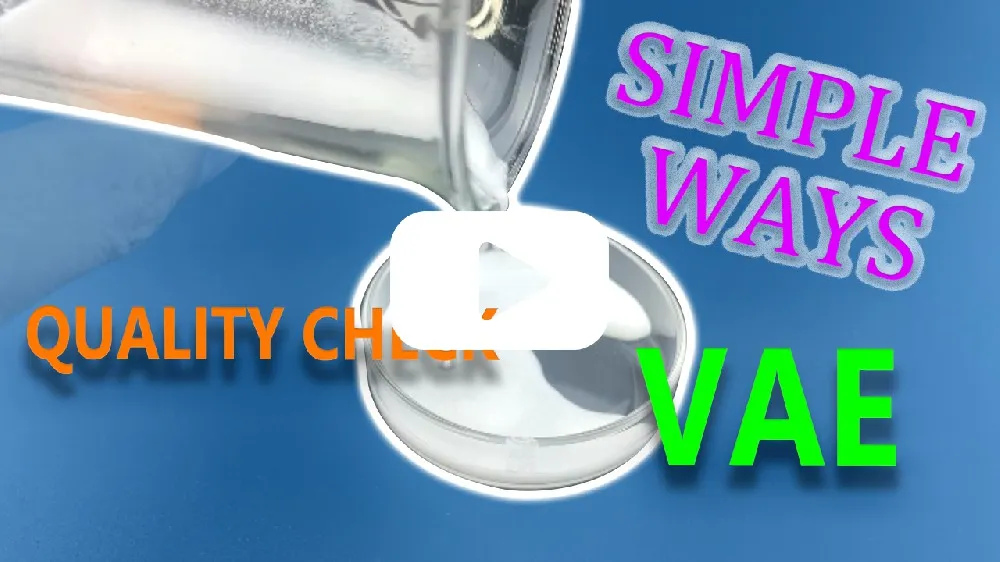
Čvc . 24, 2024 01:56 Back to list
Steps to Effectively Dissolve Hydroxyethyl Cellulose for Various Applications and Uses
How to Dissolve Hydroxyethyl Cellulose
Hydroxyethyl cellulose (HEC) is a water-soluble polymer derived from cellulose, commonly used in various industries, including pharmaceuticals, cosmetics, and construction. Its unique properties make it an excellent thickening agent, stabilizer, and film-former. However, dissolving HEC can sometimes pose a challenge due to its high viscosity and tendency to form lumps. In this article, we will discuss the best practices for effectively dissolving hydroxyethyl cellulose.
Understanding Hydroxyethyl Cellulose
Before diving into the dissolution process, it is essential to understand the nature of hydroxyethyl cellulose. HEC is hydrophilic, meaning it has a strong affinity for water. When mixed with water, it swells and forms a gel-like substance. This property can lead to clumping if not handled properly. Therefore, using the correct technique is crucial for successful dissolution.
Preparing Your Materials
To dissolve hydroxyethyl cellulose effectively, you will need the following materials
1. Hydroxyethyl Cellulose Powder - Ensure you have high-quality HEC, as impurities can affect its solubility. 2. Water - Use distilled or deionized water for the best results. The water temperature can also affect the dissolution process. 3. Mixing Equipment - A high-shear mixer, a blender, or even a simple whisk can be used depending on the scale of your project. 4. Heat Source (optional) - In some cases, gently heating the water can help speed up the dissolution process.
Steps for Dissolving Hydroxyethyl Cellulose
1. Measure the Ingredients Start by measuring the appropriate amount of hydroxyethyl cellulose and water based on your desired concentration. A common concentration is between 1% to 2% HEC by weight.
how to dissolve hydroxyethyl cellulose

2. Prepare the Water If you choose to heat the water, do so to a temperature of around 60-70 degrees Celsius (140-158 degrees Fahrenheit). However, avoid boiling the water as it can denature the polymer.
3. Add HEC Gradually Slowly sprinkle the hydroxyethyl cellulose powder into the water while vigorously stirring. This helps to prevent clumping and allows the HEC to hydrate evenly. Adding the powder too quickly can lead to lumps that are difficult to dissolve.
4. Mix Thoroughly Continue stirring for several minutes. If you are using a high-shear mixer or blender, this process may take less time. The mixture will start to thicken as the HEC absorbs water.
5. Let It Sit Once the HEC is fully incorporated, allow the mixture to sit for about 30 minutes. This resting period lets the polymer fully hydrate and ensures a smooth, uniform solution.
6. Adjust Viscosity If the resulting solution is too thick, you can adjust the viscosity by adding more water. Conversely, if it is too thin, you can introduce more HEC, provided it is done gradually.
7. Storage Store your dissolved hydroxyethyl cellulose solution in a clean, airtight container. Avoid exposure to direct sunlight or extremes of temperature, as this can affect the stability of the solution.
Conclusion
Dissolving hydroxyethyl cellulose doesn’t have to be a complex task. By following these systematic steps, you can achieve a smooth and homogenous solution suitable for your application. Whether you are working in pharmaceuticals, cosmetics, or construction, mastering the art of dissolving HEC will enhance your ability to create effective products. Take your time, use appropriate techniques, and respect the properties of this versatile polymer to achieve the best results.
-
The Widespread Application of Redispersible Powder in Construction and Building Materials
NewsMay.16,2025
-
The Widespread Application of Hpmc in the Detergent Industry
NewsMay.16,2025
-
The Main Applications of Hydroxyethyl Cellulose in Paints and Coatings
NewsMay.16,2025
-
Mortar Bonding Agent: the Key to Enhancing the Adhesion Between New and Old Mortar Layers and Between Mortar and Different Substrates
NewsMay.16,2025
-
HPMC: Application as a thickener and excipient
NewsMay.16,2025
-
Hec Cellulose Cellulose: Multi functional dispersants and high-efficiency thickeners
NewsMay.16,2025







